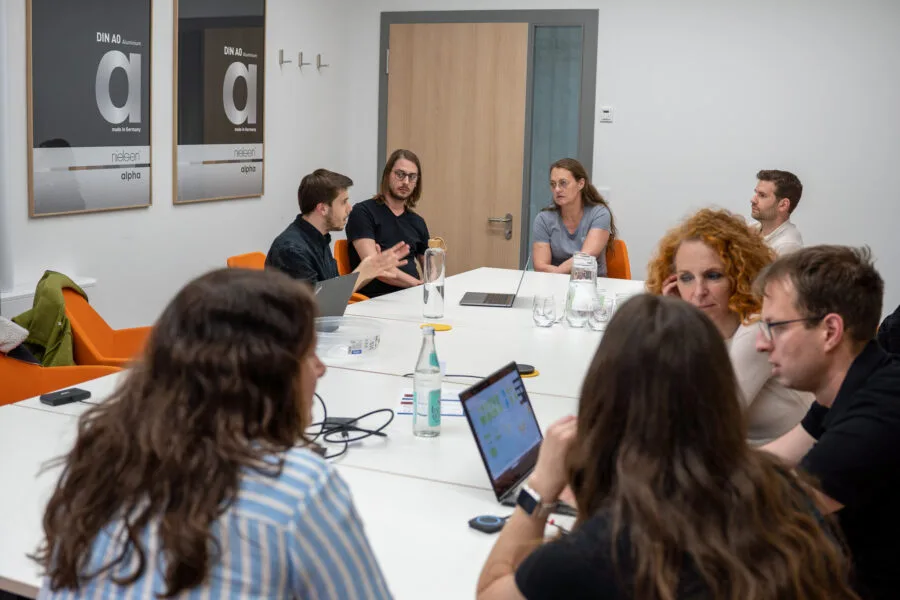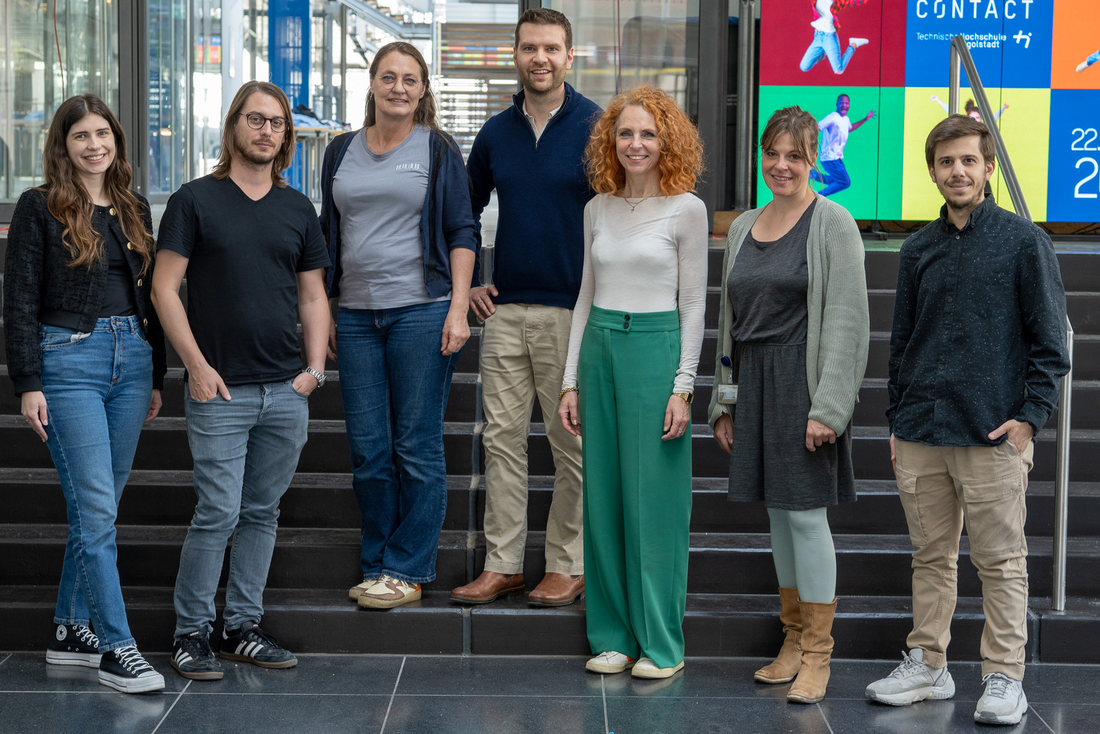Milestones
The project AI@Education was divided into 6 stages:
- Brainstorming
- Collecting the ideas
- Conceptualization
- Development
- Test & Evaluation
- Scaling out
Brainstorming & Collecting the ideas (Stages 1 & 2)
The project AI@Education officially started in March 2024 with a kick-off involving multiple teachers from various types of schools. During this event, we conducted a workshop/brainstorming session to collect teachers' thoughts about AI, how it could be integrated into schools and teaching process, as well as problems that schools are currently facing in this area.
We continued meeting teachers from various school types and while the requests and comments were extremely varied, we eventually realized that the main issue the schools are facing today, both at the teacher and the student levels, is lack of understanding what AI is and how it functions. This in turn leads to inability to define the potential scope of its application, misunderstanding of its capabilities and lack of creativity in its application.
Conceptualization (Stage 3)
In the current state of the project, project scope and format are being defined and project is transitioning into the development stage. A low-fidelity prototype has been developed is being presented to testing groups to measure effectiveness of interactive elements and gather important feedback for further development.






![[Translate to English:] Logo Akkreditierungsrat: Systemakkreditiert](/fileadmin/_processed_/2/8/csm_AR-Siegel_Systemakkreditierung_bc4ea3377d.webp)








![[Translate to English:] Logo IHK Ausbildungsbetrieb 2023](/fileadmin/_processed_/6/0/csm_IHK_Ausbildungsbetrieb_digital_2023_6850f47537.webp)


